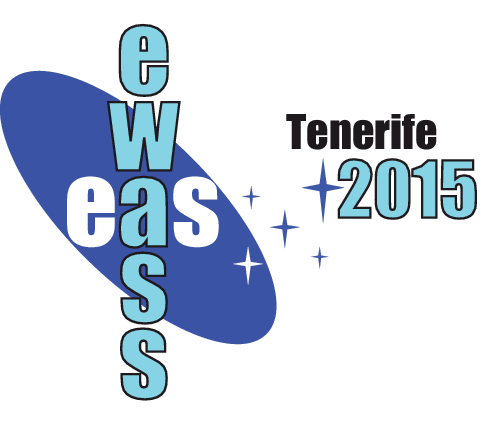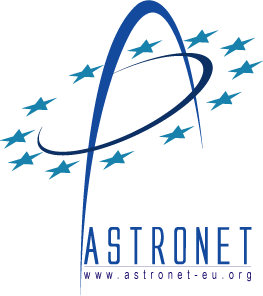Special Session Sp5
26 June 2015
AGB stars: a key ingredient in the understanding and interpretation of stellar populations
Aims and scope
Though extremely short in comparison to the core H- and He-burning phases, the AGB evolution of stars not undergoing core collapse proves essential for a number of astrophysical topics, ranging from the interpretation of infrared data of nearby galaxies to the more complex understanding of extinction curves of high-redshift quasars. AGB stars play a fundamental role in the gas and dust pollution of the interstellar medium, a crucial ingredient for many astrophysical contexts, e.g. the self-enrichment of globular clusters or the chemical evolution of the Galaxy.
This special session will be an important occasion to fix the status of the art of AGB modelling, in terms of the internal nucleosynthesis and of the dust formation process in their winds. It will also provide the opportunity of detailed discussions of the role played by AGBs in the chemical evolution of the Milky Way and of other galaxies, and of the fundamental but still extremely uncertain contribution from AGBs to the dust budget at high-redshift.
On the observational side, it will be important to discuss the current and future scenarios offered by forthcoming space missions and ground-based facilities for observation of AGBs in the Milky Way and in nearby galaxies.
Programme
- AGB stars: internal structure and nucleosynthesis
- The role of AGB stars in the chemical evolution of galaxies
- Dust from AGBs
- AGBs from the Local Universe to high-redshift
- Observations of AGBs in nearby galaxies
- Future perspectives of observations of AGBs
Invited speakers
Martha Boyer (NASA Goddard Space Flight Center, USA)
J. Cernicharo (ICMM-CAB, CSIC, ES)
Amanda Karakas (Mt Stromlo Observatory, AUS)
Scientific organisers
Anibal Garcia-Hernandez (Chair - IAC, ES)
Martin Groenewegen (Royal Observatory of Belgium, BE)
Jacco van Loon (Keele University, UK)
Paolo Ventura (Chair - INAF, Observatory of Rome, IT)
Contact
paolo.ventura @ oa-roma.inaf.it
agarcia @ iac.es
Updated on Fri Apr 03 11:55:56 CEST 2015
|

 A power cut will shut down all EAS services on Tuesday, 10 January 2017 starting at 7:30 CET.
A power cut will shut down all EAS services on Tuesday, 10 January 2017 starting at 7:30 CET.


















